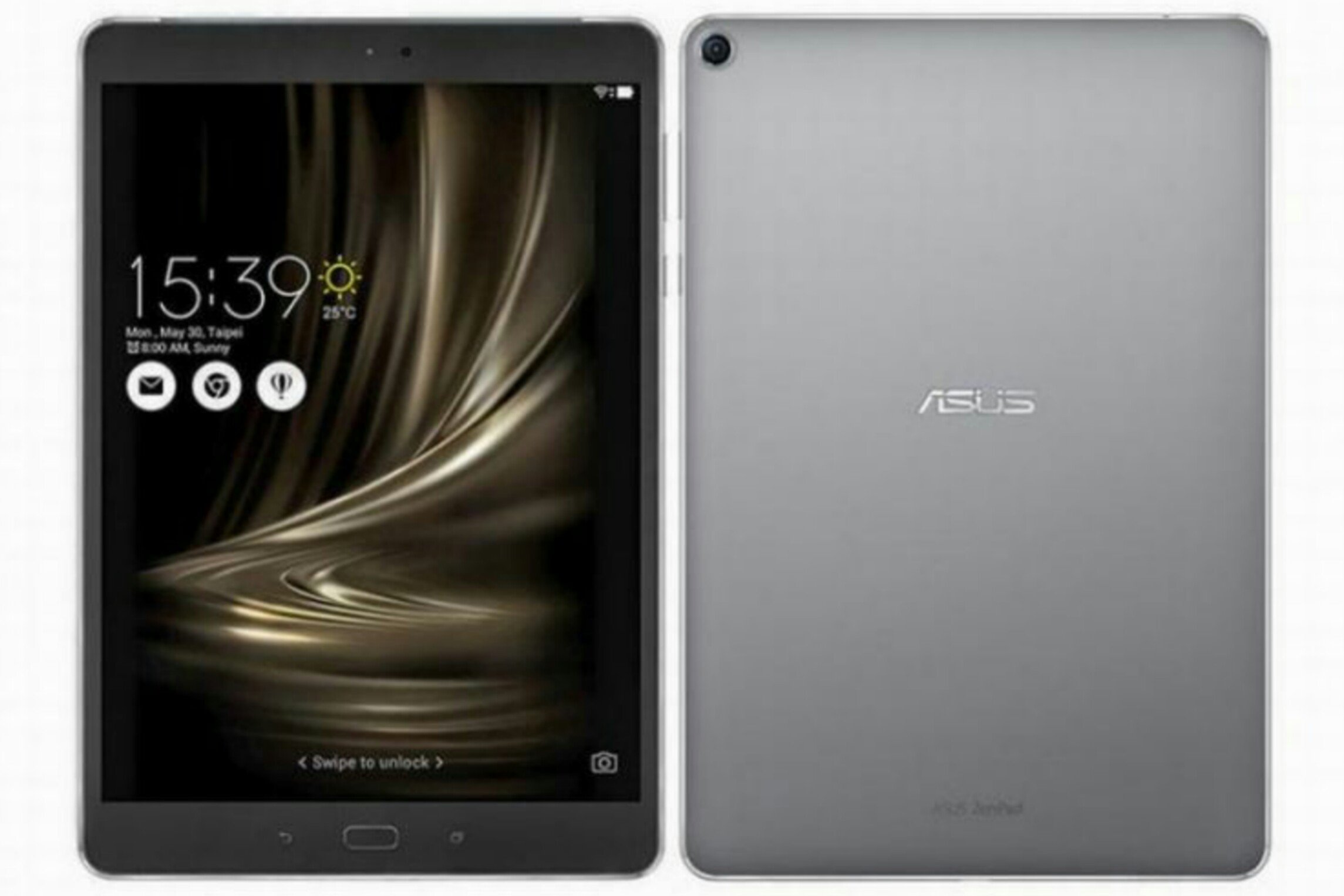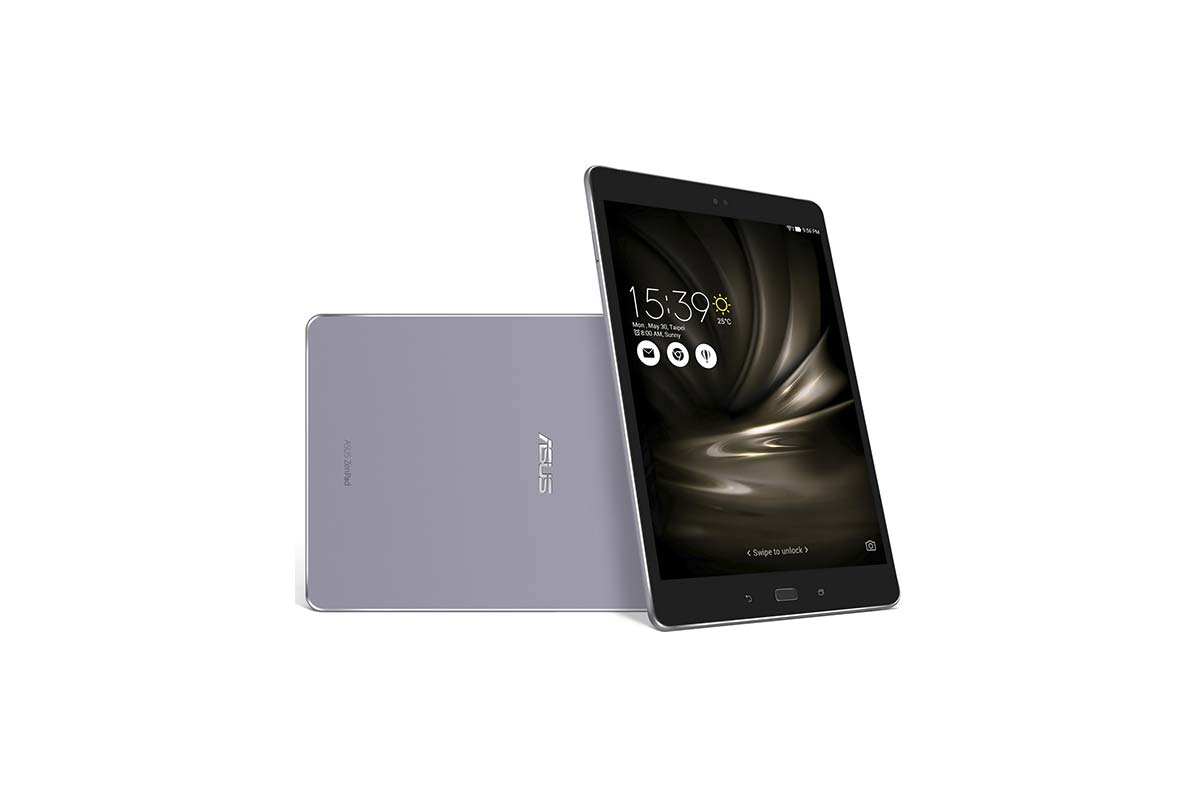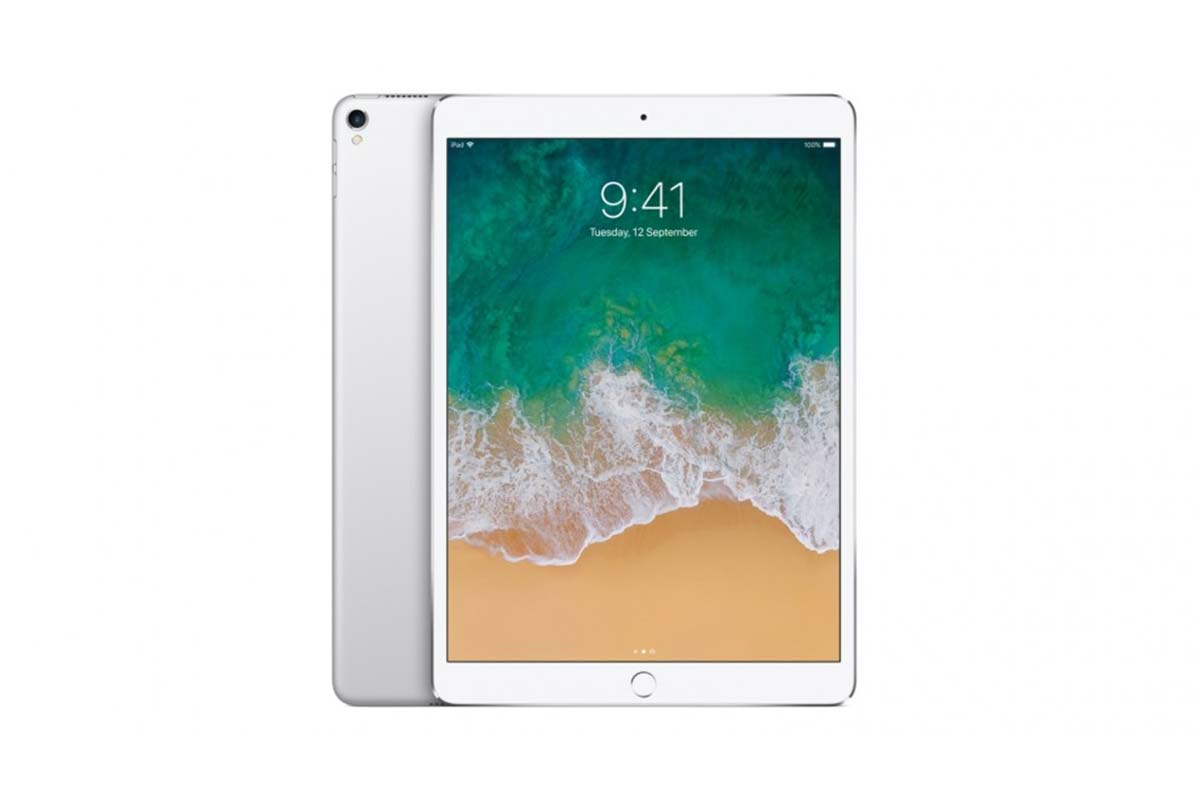Description


Introduction
At first glance, the differences are minimal. The tablet was comfortable and looked pleasant. It remains so now. Valid, you can recognize ASUS in it only by the logo on the back. And it’s not that the company copied the design from competitors, not at all. The fact is that the tablets have become too similar, and it becomes complicated to distinguish them. Not to mention the models from the same manufacturer, which differ only in the ‘stuffing’. Nothing new has appeared in the box with the gadget: the tablet itself, a charger with a detachable cable, a folding cardboard stand, and a paper clip for opening the SIM card and memory card tray.


Asus ZenPad 3S 10 LTE Design & Usability
It is not to say that the new item’s appearance is very different from the previous model. Of the external changes, there is only a small glass insert on the back. In size, the gadget added a minimum: 242.3×164.2×6.75 mm. The weight has increased by 60 grams and now reaches 490 grams. Such changes do not affect the use in any way; in everyday life, using such a tablet is just as convenient as any similar device from competitors. There is only a button design with a characteristic pattern of the typical ASUS design tricks on the ZenPad 3S 10. Everything else is usually enough for a tablet from A-brand metal body, good glass, polished edges of the sidewalls. But to such a worn-out design, it is worth adding a decent assembly, which the company coped with.
Now about the unpleasant changes. The touch buttons have lost their backlight, and the Home button no longer has a fingerprint scanner. You can live without one, and without the other, but with these things, it was, in my opinion, more convenient. Simultaneously, all the controls remained in their places, and there are no problems in working with them. The options for body colors have also diminished, or rather, there is only one: dark gray metal and a black frame around the display. It is unlikely that someone will strongly dislike the appearance of the device. Such a design should suit almost any tablet user. It is better to get a cover from a practical view because scratching a large aluminum gadget is quite simple, and it will be quieter during transportation with a body.


Display
As with the design, the display hasn’t changed either. 9.7 inches is the unspoken standard for the average tablet. The resolution is also fair: 2048×1536 pixels, the pixel density is 264 PPI. This resolution looks excellent on this diagonal screen. As practice shows, using it is also convenient for both entertainment and work. The color transfer is just right. Unfortunately, the tablet did not get to the colorimeter, but you can see that the display is well-calibrated even without it.
In any case, the IPS-matrix with ASUS True2Life + technology did not disappoint my expectations. There are two unpleasant moments. Firstly, the maximum brightness level is not quite enough for working on a bright day. The reflection on the glass will interfere. Immediately the auto-brightness sensor ‘misses’ slightly, but this is a common problem of devices. Secondly, the sensor may sometimes not respond to touches or do it incorrectly (for example, it does not recognize a long press). It is more of a software problem. Nevertheless, this error appeared a couple of times during operation.


Sound
The same two speakers on the bottom edge are responsible for the soundtrack. They sound muffled, although, at maximum volume, they do not wheeze. Location is another matter. The audio will be either on the right or on the left when viewing the landscape position video. Of course, this is not only a reproach towards the ZenPad. But no one bothers to connect headphones to the tablet. Moreover, on the road (on a train or plane), this is the only way to watch a movie or listen to music comfortably. So, the sound is lovely to the headphones. Standard sound enhancement tools will not significantly affect the quality. Fortunately, the gadget does not need them, and with the help of any modern player, you can ‘tweak’ the equalizer, if necessary.


Autonomy
The capacity of the built-in battery has increased to 7800 mAh. According to the manufacturer’s forecasts, the user will have enough battery for 16 hours of video playback (720p with a backlight level of 100 nits). We were not limited in video resolution, brightness level, and other tasks. On average, the battery lasted 8 hours, which is quite a good result. The supplied charger charges the battery in a little more than two and a half hours to support fast charging technology.


Camera
One of the most controversial ‘places’ of tablets is cameras. Nevertheless, they are present in almost all new models, although they are noticeably inferior to smartphones. The new Asus ZenPad 3S 10 LTE has the same 8-megapixel primary camera and 5-megapixel front camera. Their capabilities have improved slightly compared to the previous model. The quality of the pictures will be good if there is enough light around. On a sunny day, the frame will turn out with correct colors and good detail. Video recording in such conditions lacks stabilization, but otherwise, the video will be bearable (as for recording from a tablet). In artificial lighting conditions, artifacts will appear in the photo, and detail will suffer. The same is with the front camera, in the pictures of which the ‘Beautification’ mode will also work and ‘hit’ the details even more. And if there is a very tiny light, then you can’t count on a typical picture.


Performance & Software
Outside, the changes are minimal, but inside, the device has been updated significantly. The processor is now not MediaTek, but a six-core Qualcomm Snapdragon MSM8956 with an Adreno 510 video core. The amount of RAM is still 4 GB. A 32 GB drive can expand with a memory card (up to 128 GB). As before, there is support for AC Wi-Fi and Bluetooth 4.1. There are additionally a SIM card slot and support for LTE networks. Like the previous model, this Asus ZenPad 3S 10 LTE supports work with a proprietary stylus, but it does not include in the package.
Works Asus ZenPad 3S 10 LTE is running Android 6.0.1 with the same ZenUI shell. It has been minimally updated (‘Dock’ is now placed on the side when the screen rotates landscape), but there have been no significant changes. There are still additional interface settings and accompanying applications from ASUS. Search through the system deserves special attention (reminiscent of Spotlight in iOS), which can be invoked by swiping down the desktop. And with a swipe up, you can go to the settings for the desktop’s behavior and appearance, which will be interesting for those who like to change something in the interface. The tablet works quickly, and its performance is more than enough for games and other entertainment (especially for ‘social networks’ and a browser).











Reviews
There are no reviews yet.